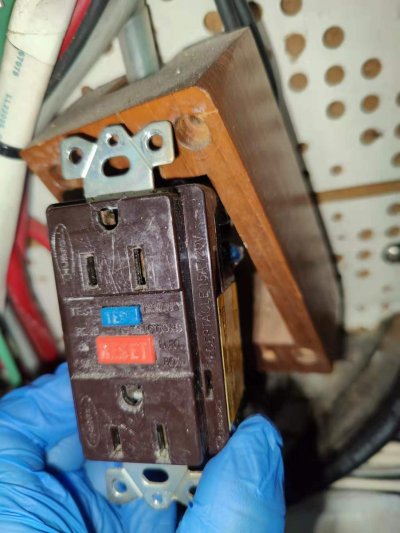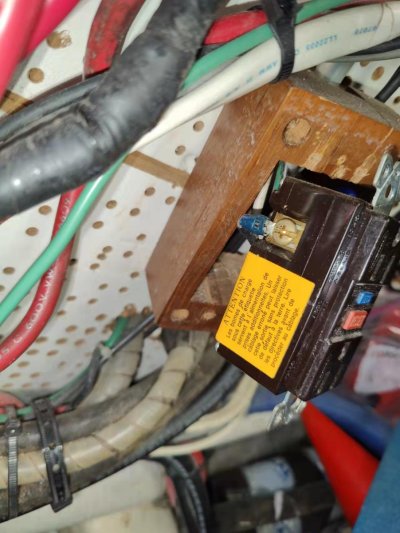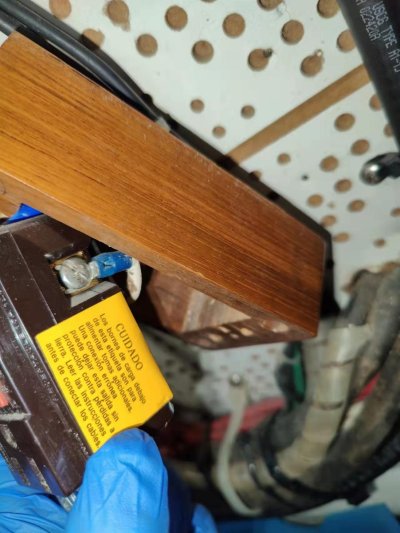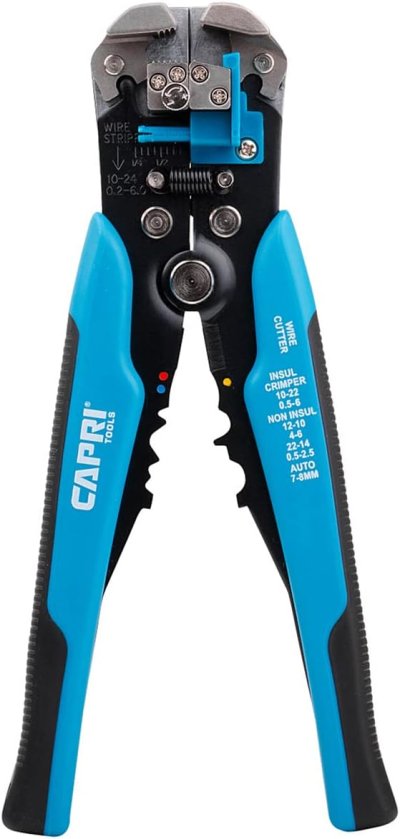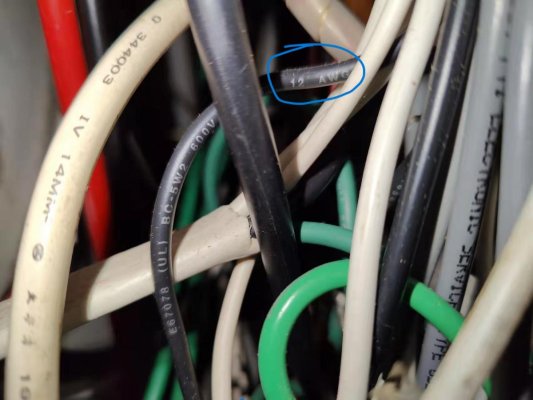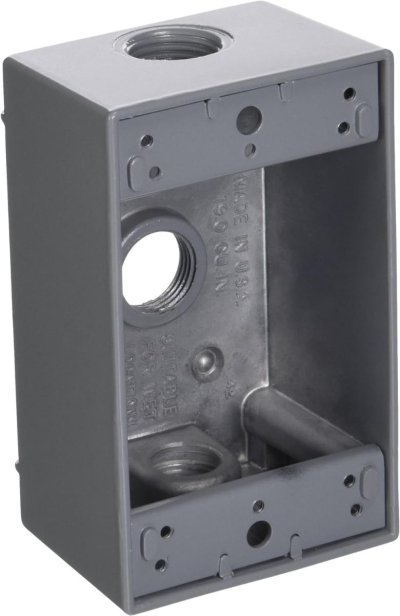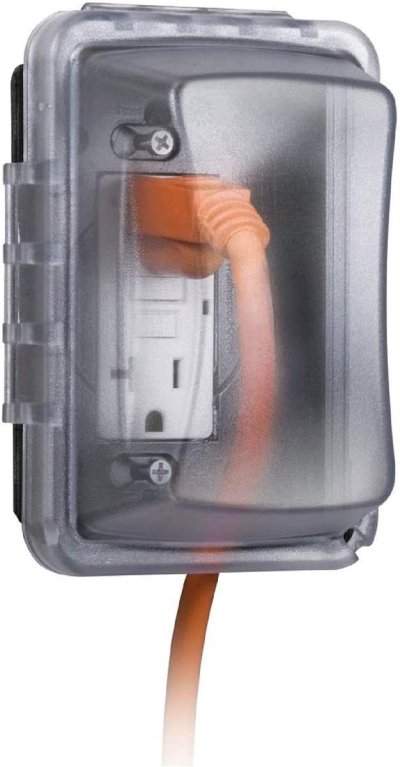While I agree with the statement to seek professional help if you are unsure of what you are doing, changing out a GFCI protected receptacle is usually not difficult.
To answer your Post #1 questions:
The second set of holes on the back side (which are not used on a boat) are used with solid wire to extend the circuit further to other ordinary receptacles that will also be protected by the GFCI receptacle. In effect, if the GFCI is in the first receptacle, all other receptacles on that circuit are also protected. If the GFCI receptacle is the only or last one in the circuit, only it is protected.
Always electrically connect the green (grounding) wires from the line and load to the grounding screw on the GFCI. In addition, if the electrical box in the wall is metallic you need to connect it to the this grounding screw just like the instructions show, but do not use any wire nuts ever. One way to do this is to mount the line and load's green wire along with a short piece of green wire to the metallic box's grounding screw. The other end of this short green wire goes to the GFCI's ground screw.
Although the folded fork connector (referred to upthread) may well be ABCY acceptable, my understanding is that a locking fork connector is also acceptable. In my experience the folded forks are not quite long enough as to not be in conflict with the oversized headed screws (normally used to clamp bare wire) that are used in the receptacle's side terminals.
In addition, the folded fork connectors make it impossible to get 2 connectors on one terminal should you have an extended circuit.
Buy only good quality terminals, something like these.
https://www.hubbell.com/burndy/en/P...cking-Fork-Terminal-For-12---10-AWG/p/2024163
Strictly speaking it may be that the use of a 20 Amp rated GFCI receptacle (where one blade of the plug is spun 90º) on a 15 Amp breaker protected circuit is prohibited, the peril here is almost unmeasurable. If you did manage to find some appliance that has a 20 Amp plug attached and powered it with a 15 Amp circuit, provided that everything is in good shape, the breaker trips.
That being said, I recommend that if you are to use this 20 Amp rated GFCI ensure that the panel mounted breaker and all of the wiring in the circuit is also rated for 20 Amps.
Please don't take this the wrong way, but your questions in Post #12 reveal that you should really learn a lot more about the electrical distribution system in your boat before you undertake any further work.

